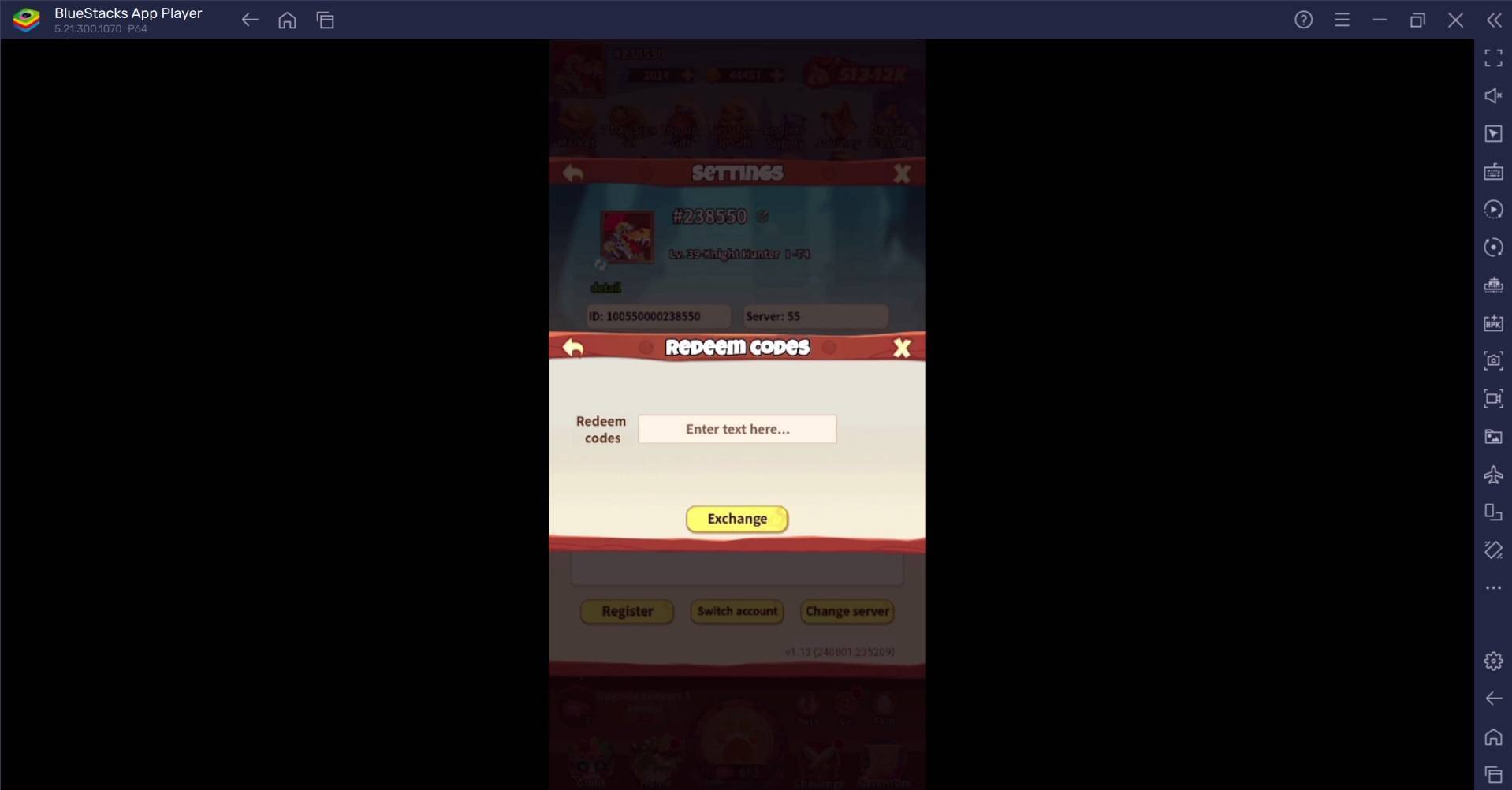Nintendo, a name synonymous with video game innovation, has been a trailblazer in the industry since its inception. The company's rich history is filled with beloved intellectual properties that continue to captivate gamers decades later. With the announcement of the Nintendo Switch 2, it's the perfect time to reflect on the journey of Nintendo's consoles, showcasing how they have consistently pushed the boundaries of gaming technology and creativity.
Below, we've compiled a comprehensive list of every console Nintendo has ever released. Embark on a nostalgic journey through time and see how Nintendo has shaped the gaming landscape!
AnswerSee Results*Looking to save on a new Nintendo Switch or new titles for your system? Be sure to check out the best Nintendo deals available today.*How Many Nintendo Consoles Have There Been?
In total, 32 Nintendo consoles have been released throughout Nintendo's storied history. The upcoming Switch 2 will mark the 33rd console. This count includes various revision models for both home and handheld systems, such as those branded as XL and Mini.
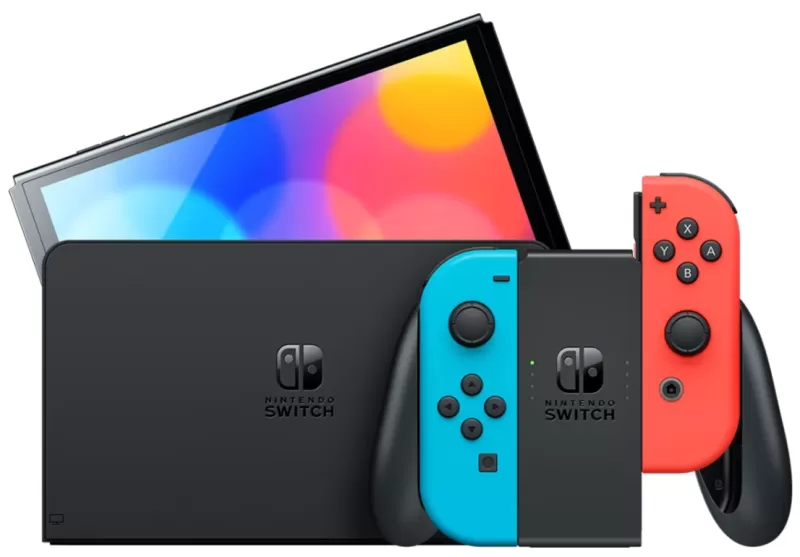 Latest Model### Nintendo Switch OLED (Neon Blue & Red)
Latest Model### Nintendo Switch OLED (Neon Blue & Red)
4See it at AmazonEvery Nintendo Console in Order of Release
Color TV-Game - June 1, 1977
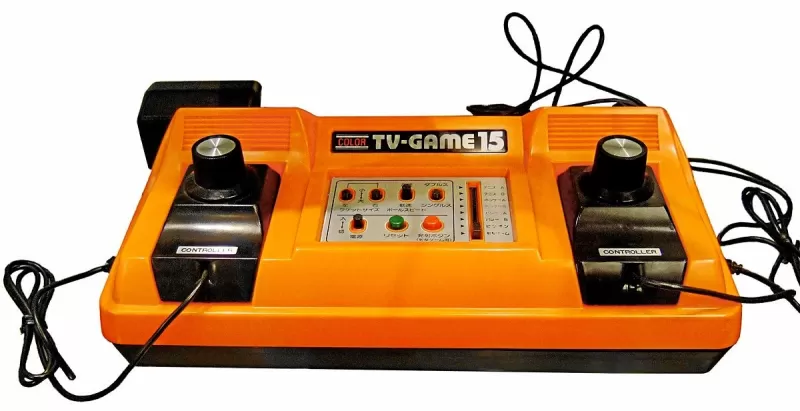 Nintendo's first venture into the world of gaming hardware was the Color TV-Game series, a pioneering effort in collaboration with Mitsubishi Electronics. This marked the beginning of Nintendo's legacy in hardware development, leading to their focus on gaming systems that continues to thrive today.
Nintendo's first venture into the world of gaming hardware was the Color TV-Game series, a pioneering effort in collaboration with Mitsubishi Electronics. This marked the beginning of Nintendo's legacy in hardware development, leading to their focus on gaming systems that continues to thrive today.
Game & Watch - April 28, 1980
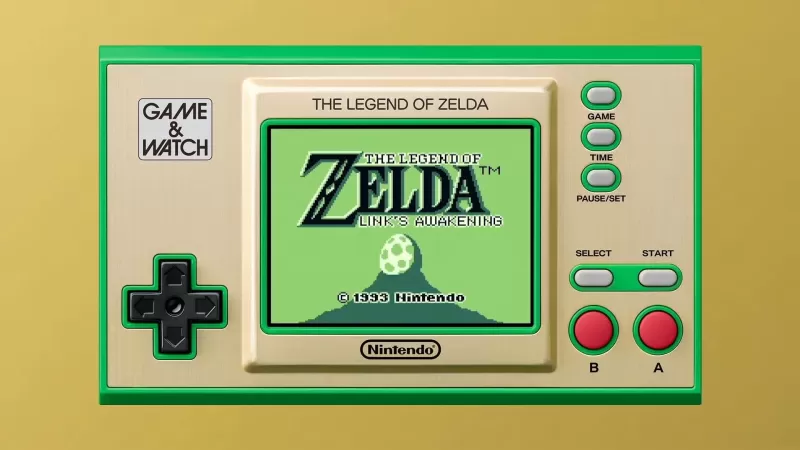 With the Game & Watch, Nintendo introduced its first handheld gaming devices, each featuring unique games. These systems sold over 40 million units worldwide and introduced innovations like the D-Pad, seen in the Donkey Kong Game & Watch. Recent limited editions for Mario and Zelda anniversaries have brought this classic back into the spotlight.
With the Game & Watch, Nintendo introduced its first handheld gaming devices, each featuring unique games. These systems sold over 40 million units worldwide and introduced innovations like the D-Pad, seen in the Donkey Kong Game & Watch. Recent limited editions for Mario and Zelda anniversaries have brought this classic back into the spotlight.
Nintendo Entertainment System - October 18, 1985
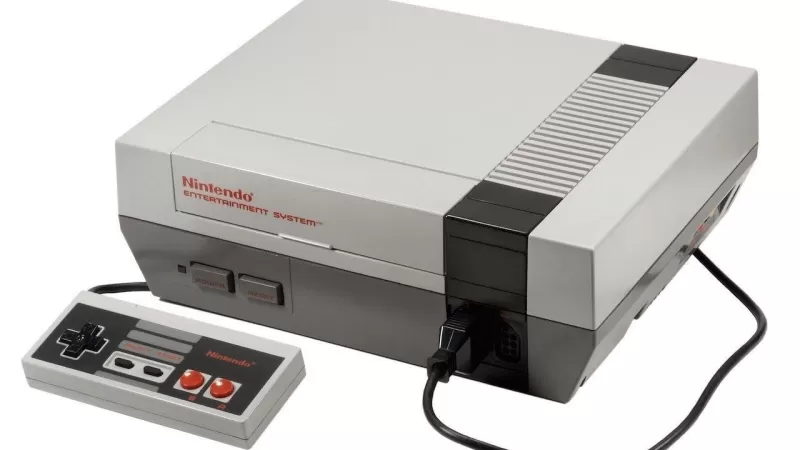 Known as the Family Computer (Famicom) in Japan, the Nintendo Entertainment System (NES) revolutionized gaming with its cartridge system, allowing players to enjoy a variety of games. Iconic franchises like Super Mario, The Legend of Zelda, and Metroid were born here, cementing the NES as a pivotal console in gaming history.
Known as the Family Computer (Famicom) in Japan, the Nintendo Entertainment System (NES) revolutionized gaming with its cartridge system, allowing players to enjoy a variety of games. Iconic franchises like Super Mario, The Legend of Zelda, and Metroid were born here, cementing the NES as a pivotal console in gaming history.
Game Boy - July 31, 1989
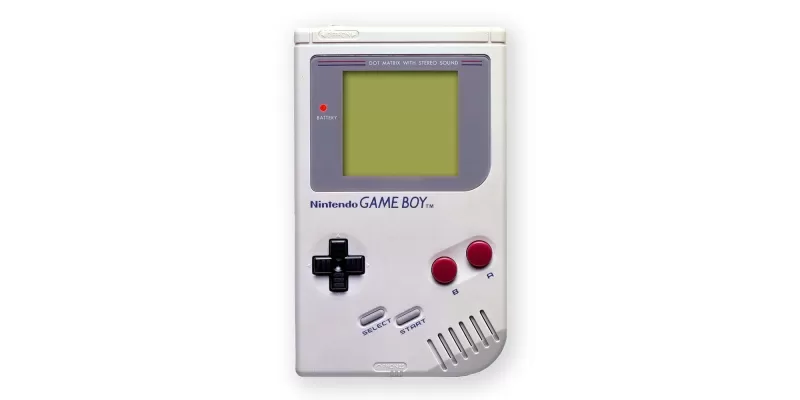 Launching in North America in 1989, the Game Boy was Nintendo's first true handheld console. Its cartridge system enabled a wide range of games, with Tetris being a standout title bundled with the system in most regions.
Launching in North America in 1989, the Game Boy was Nintendo's first true handheld console. Its cartridge system enabled a wide range of games, with Tetris being a standout title bundled with the system in most regions.
Super Nintendo Entertainment System - August 23, 1991
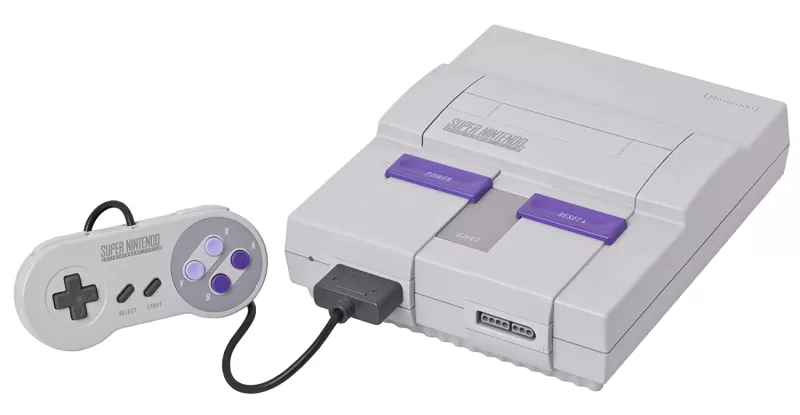 Introducing 16-bit graphics, the Super Nintendo Entertainment System (SNES) was a significant leap forward. It featured evolutions of major series like Super Mario World and Donkey Kong Country, and despite its later launch, became the best-selling console of its generation due to its robust game library.
Introducing 16-bit graphics, the Super Nintendo Entertainment System (SNES) was a significant leap forward. It featured evolutions of major series like Super Mario World and Donkey Kong Country, and despite its later launch, became the best-selling console of its generation due to its robust game library.
Virtual Boy - August 14, 1995
 Perhaps Nintendo's most unconventional console, the Virtual Boy offered 3D visuals without glasses. Despite its innovation, it had a short life with only 22 games released, including notable titles like Mario's Tennis and Virtual Boy Wario Land.
Perhaps Nintendo's most unconventional console, the Virtual Boy offered 3D visuals without glasses. Despite its innovation, it had a short life with only 22 games released, including notable titles like Mario's Tennis and Virtual Boy Wario Land.
Game Boy Pocket - September 3, 1996
 A compact version of the Game Boy, the Game Boy Pocket featured a clearer black-and-white screen and faster response times, though it had a shorter battery life.
A compact version of the Game Boy, the Game Boy Pocket featured a clearer black-and-white screen and faster response times, though it had a shorter battery life.
Nintendo 64 - September 29, 1996
 Bringing 3D graphics to Nintendo's home console line, the Nintendo 64 introduced groundbreaking titles like Super Mario 64 and The Legend of Zelda: Ocarina of Time. Its innovative controller with an analog stick and various special editions left a lasting impact.
Bringing 3D graphics to Nintendo's home console line, the Nintendo 64 introduced groundbreaking titles like Super Mario 64 and The Legend of Zelda: Ocarina of Time. Its innovative controller with an analog stick and various special editions left a lasting impact.
Game Boy Light - April 14, 1998
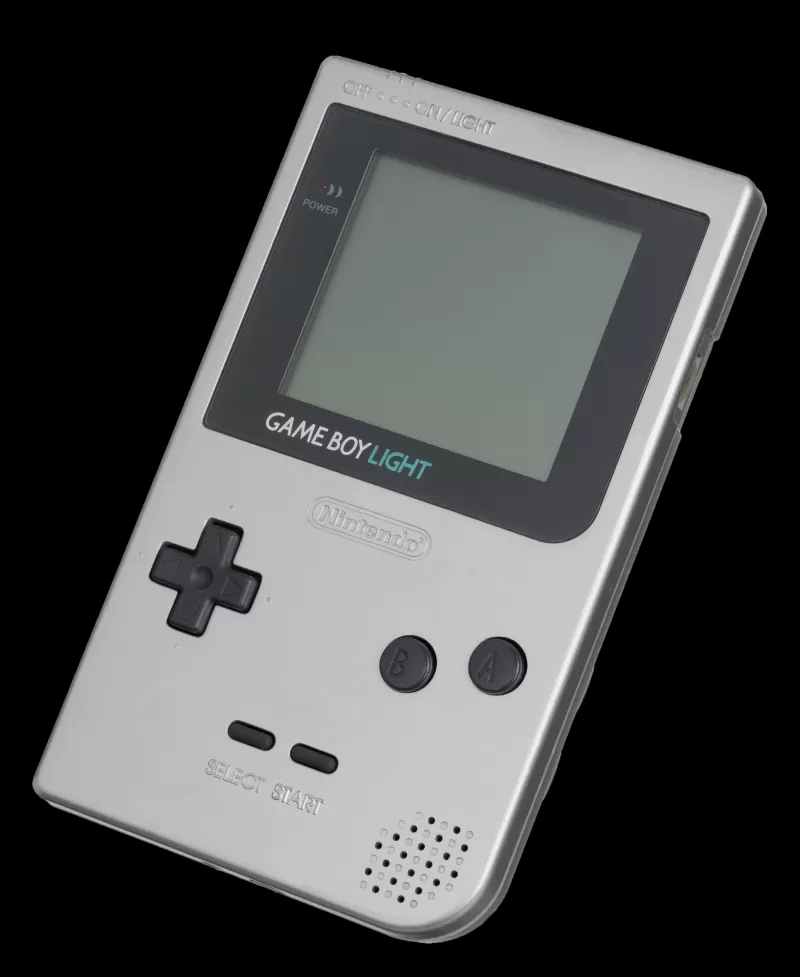 Exclusive to Japan, the Game Boy Light added a backlight for better visibility in low-light conditions and boasted a longer battery life than the Game Boy Pocket.
Exclusive to Japan, the Game Boy Light added a backlight for better visibility in low-light conditions and boasted a longer battery life than the Game Boy Pocket.
Game Boy Color - November 18, 1998
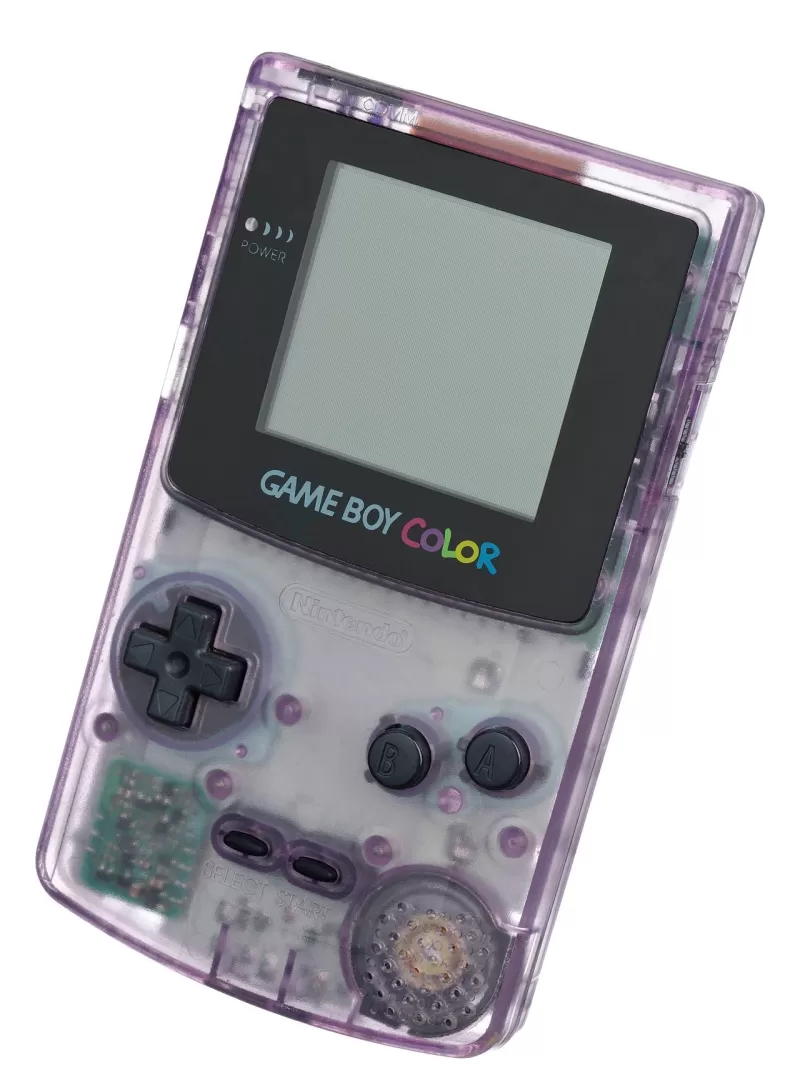 Bringing color to the handheld market, the Game Boy Color was backwards compatible with all Game Boy games, enhancing the experience of classics like Tetris with vibrant colors and new game releases.
Bringing color to the handheld market, the Game Boy Color was backwards compatible with all Game Boy games, enhancing the experience of classics like Tetris with vibrant colors and new game releases.
Game Boy Advance - June 11, 2001
 A major leap forward, the Game Boy Advance introduced 16-bit graphics in a horizontal form factor. It supported thousands of games, including those from previous Game Boy systems.
A major leap forward, the Game Boy Advance introduced 16-bit graphics in a horizontal form factor. It supported thousands of games, including those from previous Game Boy systems.
Pokémon mini - November 16, 2001
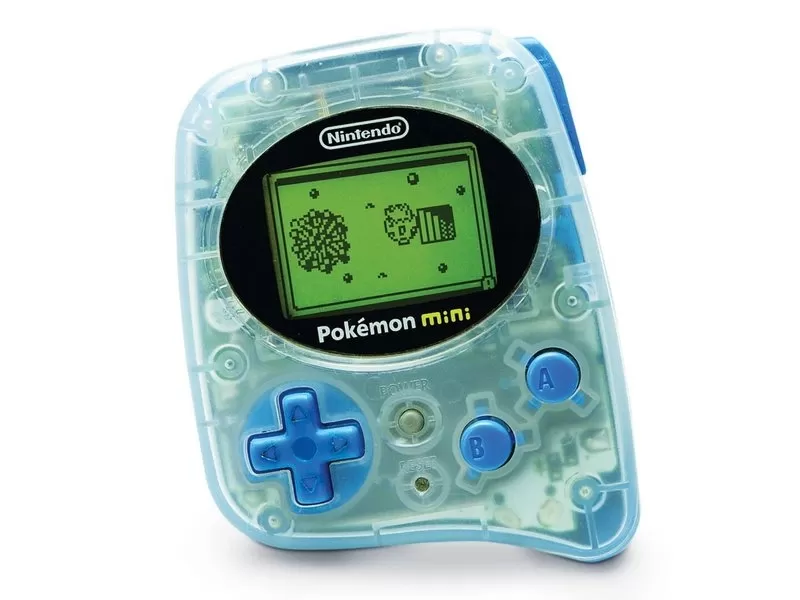 Image Credit: GamesRadarThe Pokémon mini was a tiny console dedicated to Pokémon games, featuring innovative features like a built-in clock, infrared communication, and rumble.
Image Credit: GamesRadarThe Pokémon mini was a tiny console dedicated to Pokémon games, featuring innovative features like a built-in clock, infrared communication, and rumble.
Nintendo GameCube - November 18, 2001
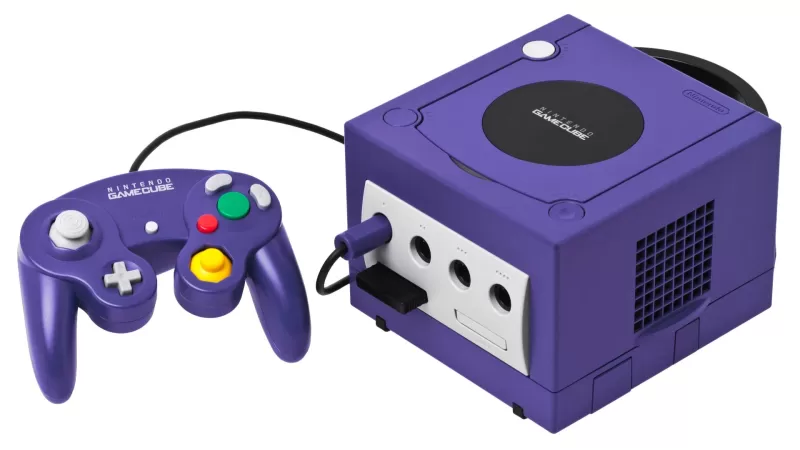 Building on the success of the Nintendo 64, the GameCube offered sequels to beloved titles and introduced new franchises like Animal Crossing. It transitioned from cartridges to discs and featured an improved controller design.
Building on the success of the Nintendo 64, the GameCube offered sequels to beloved titles and introduced new franchises like Animal Crossing. It transitioned from cartridges to discs and featured an improved controller design.
Panasonic Q - December 14, 2001
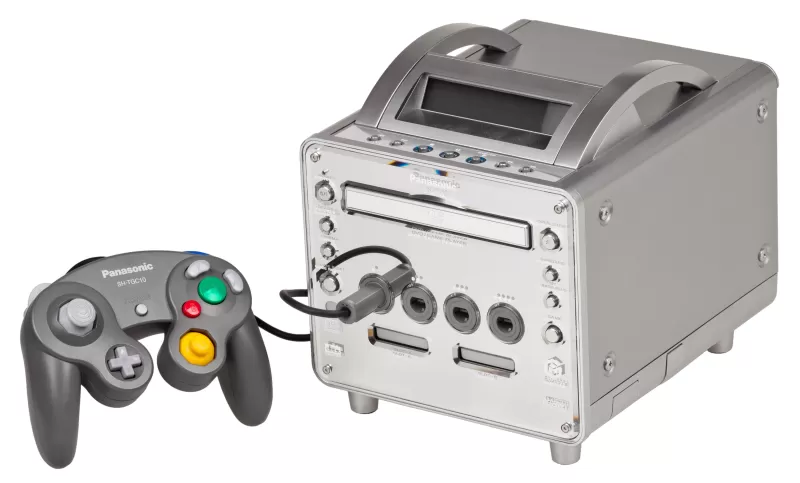 A collaboration with Panasonic, the Panasonic Q combined a GameCube with a DVD player, offering a unique multimedia experience despite its short market life.
A collaboration with Panasonic, the Panasonic Q combined a GameCube with a DVD player, offering a unique multimedia experience despite its short market life.
Game Boy Advance SP - March 23, 2003
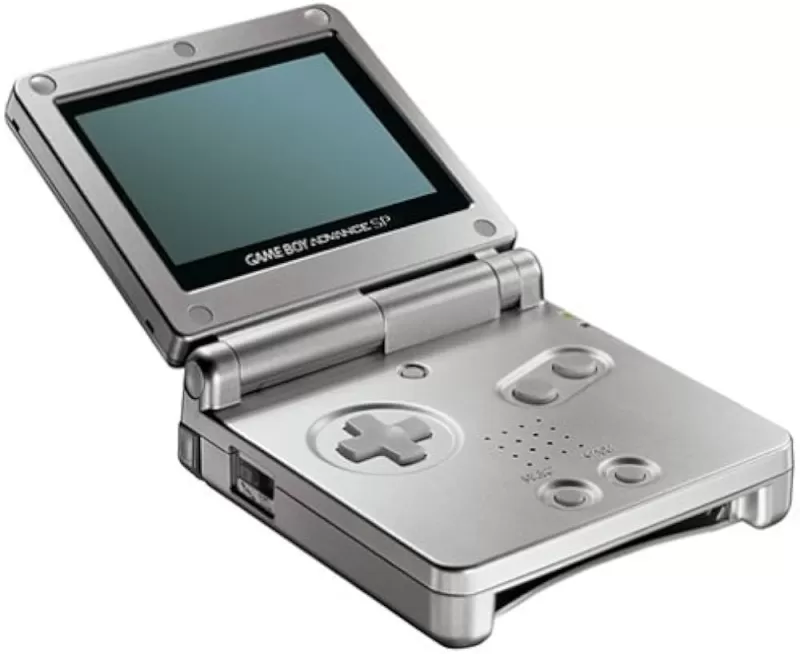 With its flip design, rechargeable battery, and later backlit screen, the Game Boy Advance SP significantly improved upon its predecessor, though it lacked a headphone jack.
With its flip design, rechargeable battery, and later backlit screen, the Game Boy Advance SP significantly improved upon its predecessor, though it lacked a headphone jack.
Nintendo DS - November 21, 2004
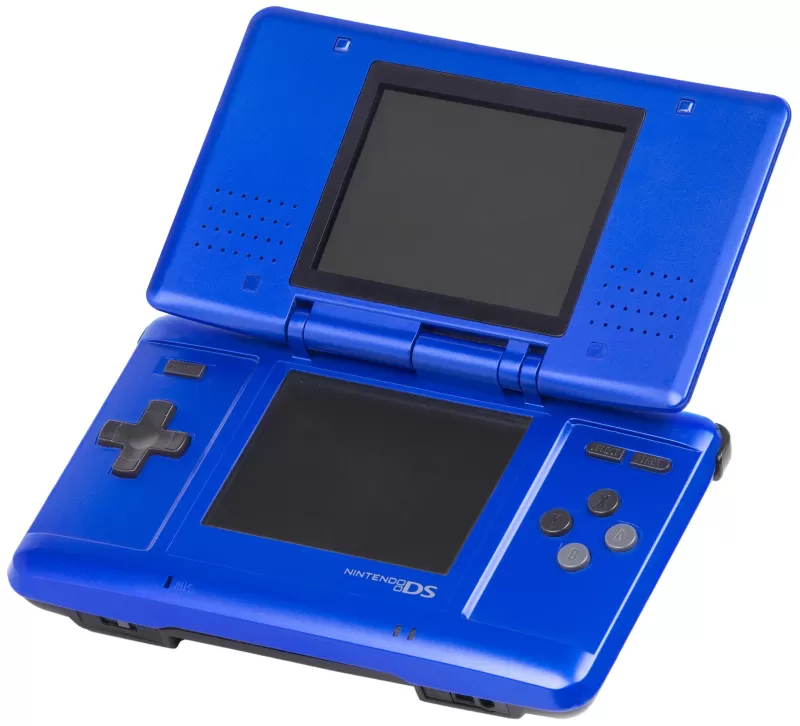 Introducing dual screens and Wi-Fi, the Nintendo DS pioneered unique gaming experiences and became Nintendo's best-selling console.
Introducing dual screens and Wi-Fi, the Nintendo DS pioneered unique gaming experiences and became Nintendo's best-selling console.
Game Boy Micro - September 19, 2005
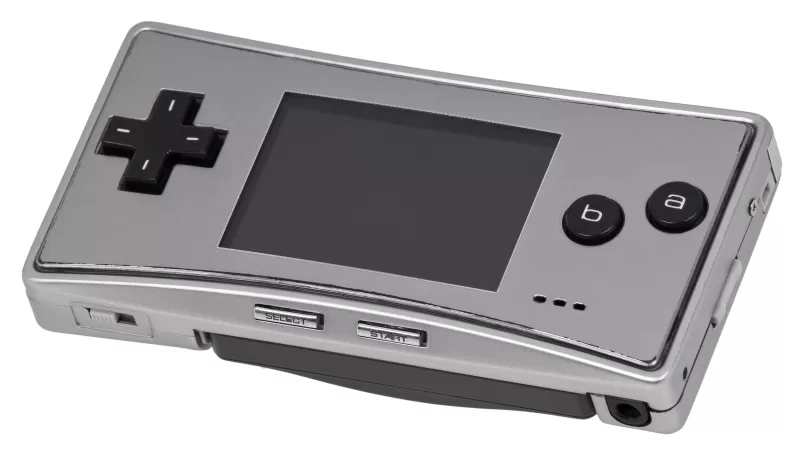 Revealed at E3 2005, the Game Boy Micro was a compact version of the Game Boy Advance with a backlit screen and adjustable brightness, though it had a short production run.
Revealed at E3 2005, the Game Boy Micro was a compact version of the Game Boy Advance with a backlit screen and adjustable brightness, though it had a short production run.
Nintendo DS Lite - June 11, 2006
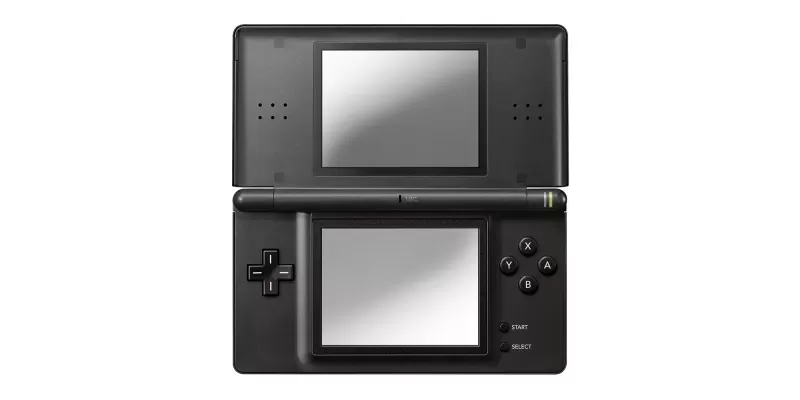 Slender and lighter than the original DS, the DS Lite featured brighter screens and improved battery life, enhancing the gaming experience.
Slender and lighter than the original DS, the DS Lite featured brighter screens and improved battery life, enhancing the gaming experience.
Nintendo Wii - November 19, 2006
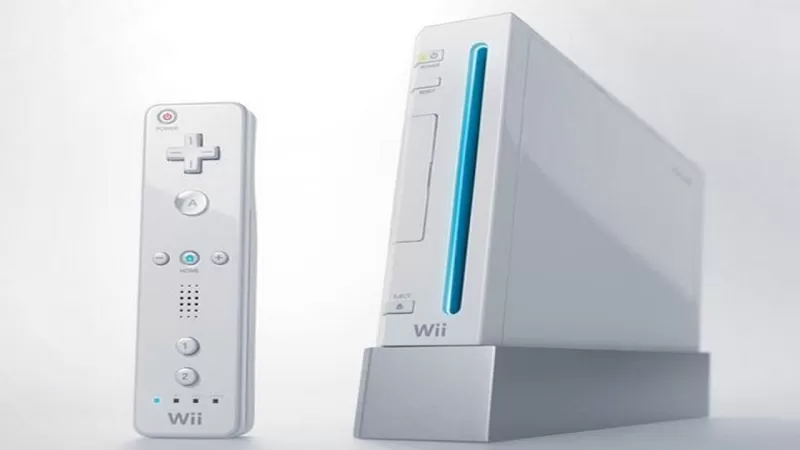 Reviving Nintendo's home console market, the Wii introduced motion controls with the Wii Remote, offering a unique gaming experience. It was backwards compatible with GameCube and introduced the Virtual Console for digital downloads.
Reviving Nintendo's home console market, the Wii introduced motion controls with the Wii Remote, offering a unique gaming experience. It was backwards compatible with GameCube and introduced the Virtual Console for digital downloads.
Nintendo DSi - November 1, 2008
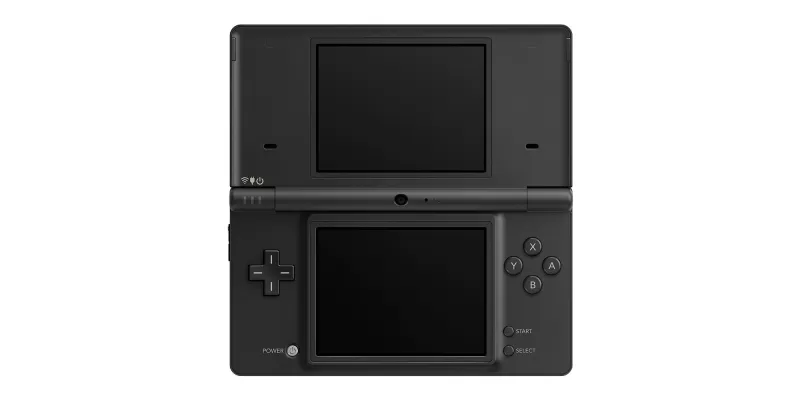 Adding cameras and an SD card slot, the DSi was a significant revision of the DS, though it removed the Game Boy Advance slot.
Adding cameras and an SD card slot, the DSi was a significant revision of the DS, though it removed the Game Boy Advance slot.
Nintendo DSi XL - November 21, 2009
 With larger screens and enhanced sound, the DSi XL offered a more immersive experience for DS games.
With larger screens and enhanced sound, the DSi XL offered a more immersive experience for DS games.
Nintendo 3DS - March 27, 2011
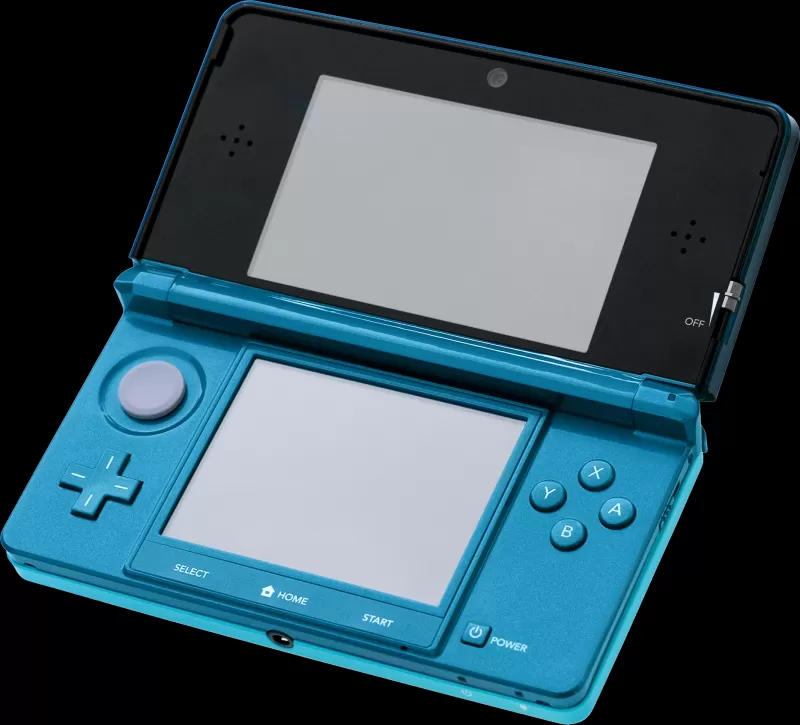 Introducing 3D gaming without glasses, the 3DS was a major upgrade from the DS, featuring titles like The Legend of Zelda: A Link Between Worlds and Super Mario 3D Land.
Introducing 3D gaming without glasses, the 3DS was a major upgrade from the DS, featuring titles like The Legend of Zelda: A Link Between Worlds and Super Mario 3D Land.
Nintendo 3DS XL - August 19, 2012
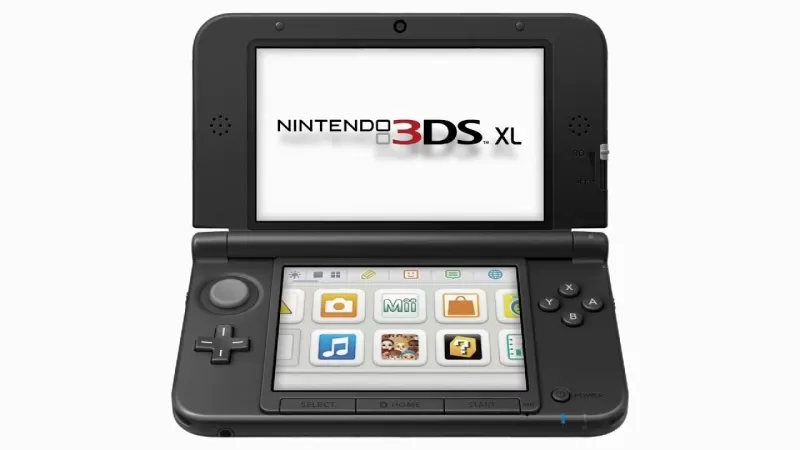 With screens 90% larger than the original 3DS, the 3DS XL offered a more comfortable viewing experience.
With screens 90% larger than the original 3DS, the 3DS XL offered a more comfortable viewing experience.
Nintendo Wii U - November 18, 2012
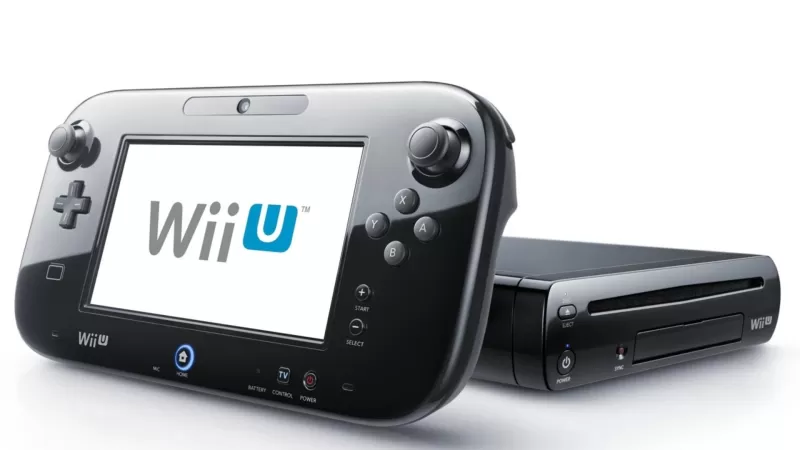 Introducing the GamePad with a built-in screen, the Wii U supported HD gaming and was backwards compatible with Wii titles. Despite its innovative features, poor marketing led to underwhelming sales.
Introducing the GamePad with a built-in screen, the Wii U supported HD gaming and was backwards compatible with Wii titles. Despite its innovative features, poor marketing led to underwhelming sales.
Nintendo Wii Mini - December 7, 2012
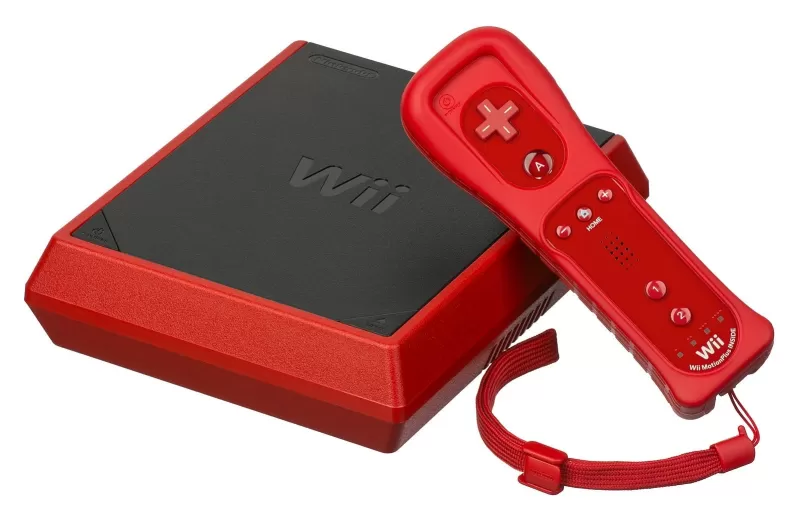 A compact version of the Wii, the Wii Mini removed several features like GameCube support and Wi-Fi, focusing on a streamlined gaming experience.
A compact version of the Wii, the Wii Mini removed several features like GameCube support and Wi-Fi, focusing on a streamlined gaming experience.
Nintendo 2DS - October 12, 2013
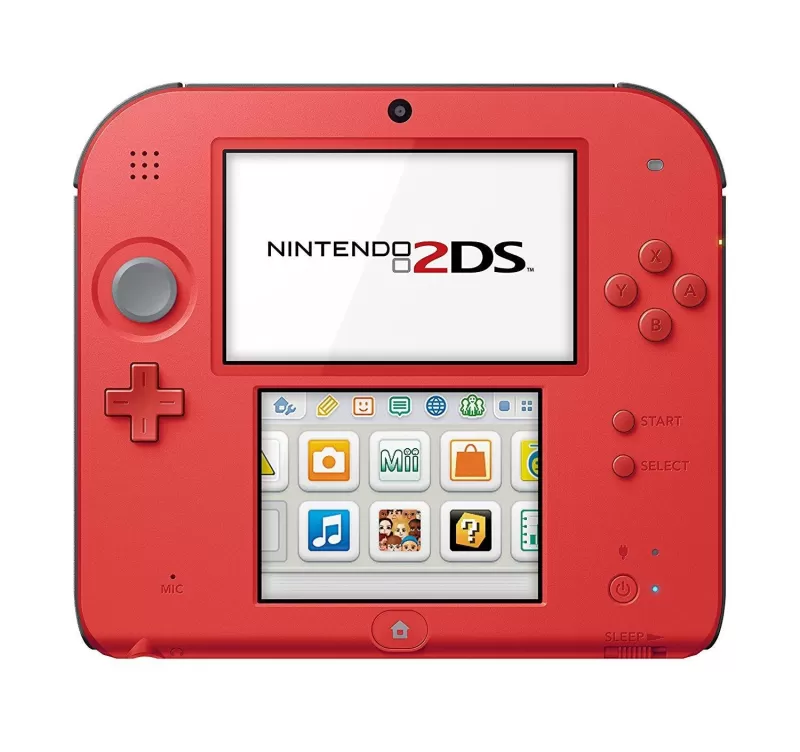 Offering 2D gameplay at a lower price, the 2DS played all 3DS games but with reduced sound quality due to its mono speaker.
Offering 2D gameplay at a lower price, the 2DS played all 3DS games but with reduced sound quality due to its mono speaker.
New Nintendo 3DS - October 11, 2014
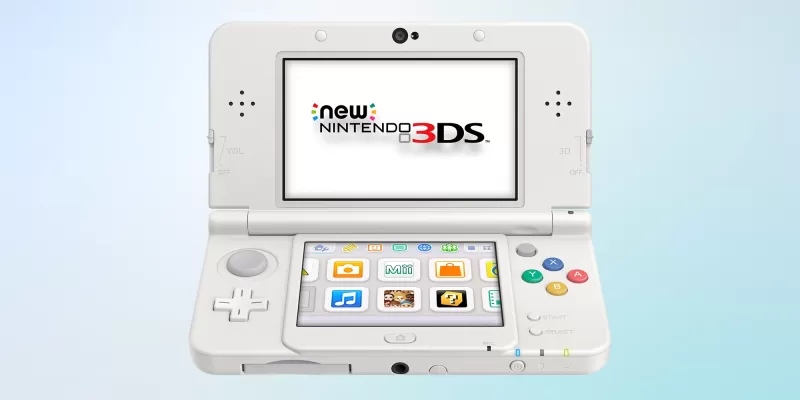 Enhancing the 3DS with new controls and amiibo support, the New Nintendo 3DS offered significant upgrades to the original model.
Enhancing the 3DS with new controls and amiibo support, the New Nintendo 3DS offered significant upgrades to the original model.
New Nintendo 3DS XL - February 13, 2015
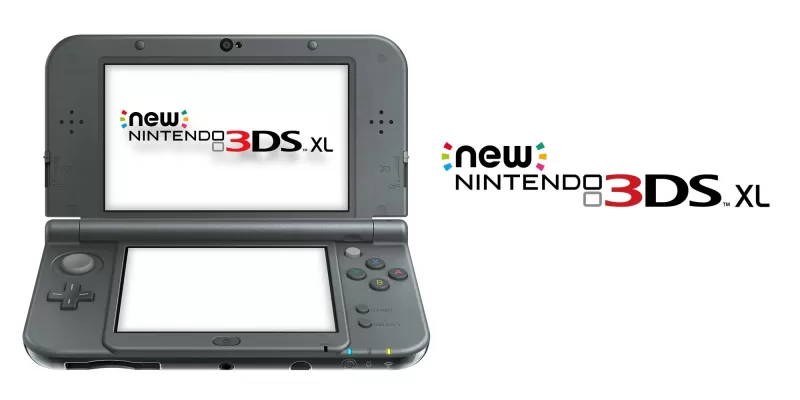 With even larger screens than the New 3DS, the New 3DS XL provided a more immersive gaming experience, though it removed the ability to change face plates.
With even larger screens than the New 3DS, the New 3DS XL provided a more immersive gaming experience, though it removed the ability to change face plates.
Nintendo Switch - March 3, 2017
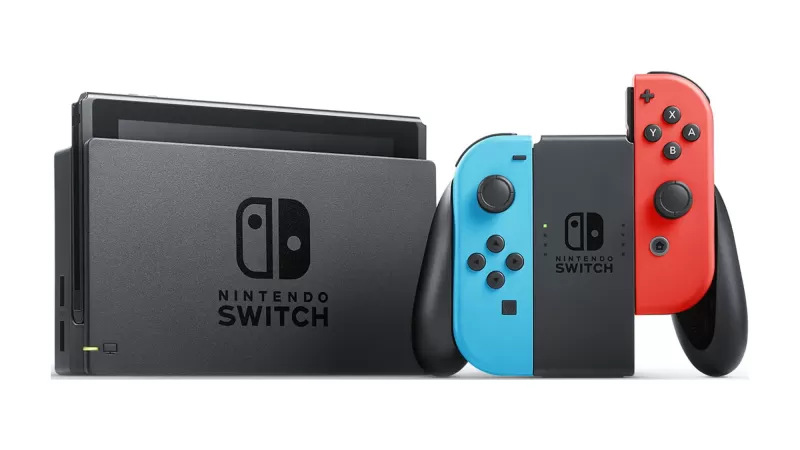 Combining home and portable gaming, the Nintendo Switch revolutionized the industry with its versatility and an outstanding library of first-party games.
Combining home and portable gaming, the Nintendo Switch revolutionized the industry with its versatility and an outstanding library of first-party games.
New Nintendo 2DS XL - July 28, 2017
 An updated version of the 2DS, the 2DS XL added an analog stick, shoulder buttons, and amiibo support, returning to the clamshell design and supporting New 3DS titles.
An updated version of the 2DS, the 2DS XL added an analog stick, shoulder buttons, and amiibo support, returning to the clamshell design and supporting New 3DS titles.
Nintendo Switch Lite - September 20, 2019
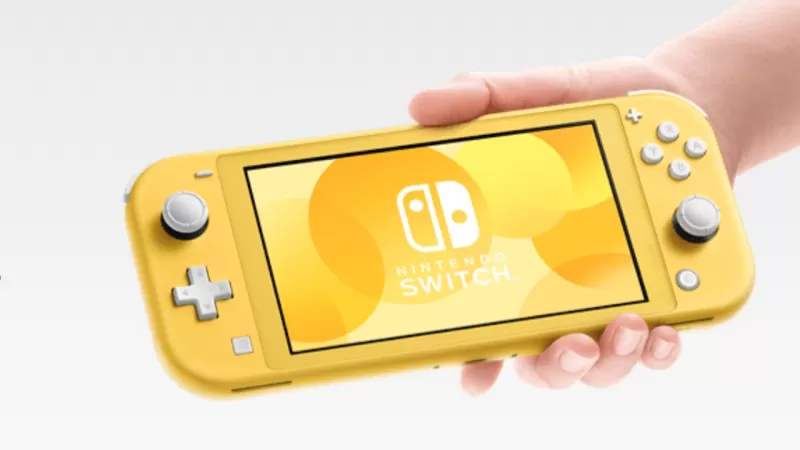 Designed for handheld play, the Switch Lite featured built-in controllers and a smaller screen, offering a more affordable option.
Designed for handheld play, the Switch Lite featured built-in controllers and a smaller screen, offering a more affordable option.
Nintendo Switch OLED model - October 8, 2021
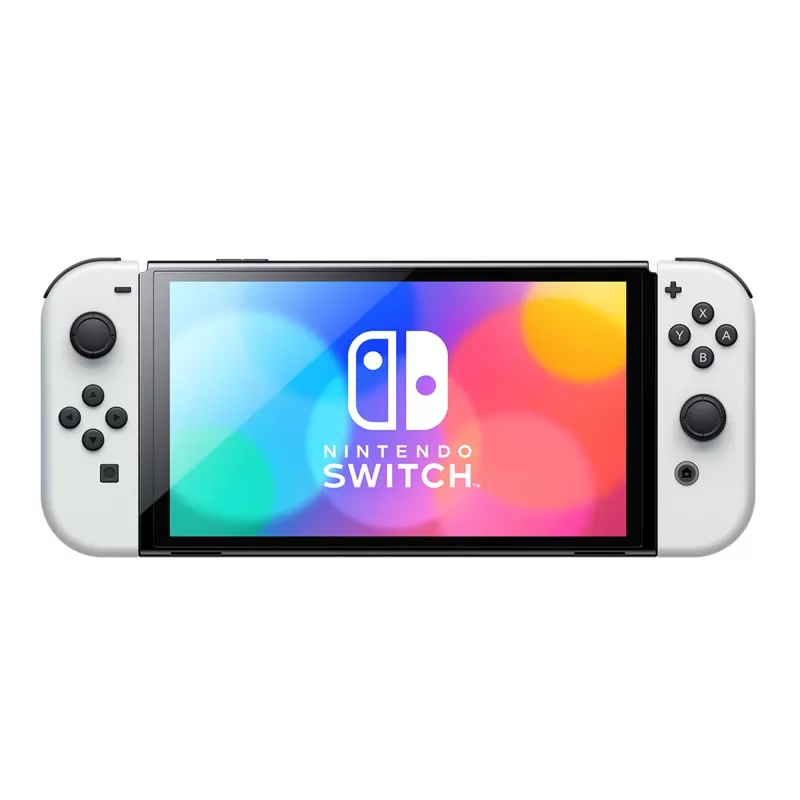 With a larger OLED screen, enhanced speakers, and a redesigned kickstand, the Switch OLED model provided a premium gaming experience.
With a larger OLED screen, enhanced speakers, and a redesigned kickstand, the Switch OLED model provided a premium gaming experience.
Upcoming Nintendo Consoles
Following numerous leaks and rumors, Nintendo has finally unveiled the Nintendo Switch 2. The reveal trailer highlights a new method for attaching Joy-Cons, a larger screen, and an additional USB-C port. The Joy-Con can now be used as a mouse, potentially introducing new gameplay mechanics. The trailer also suggests a new Mario Kart with 24-player races and confirms "mostly" backward compatibility, supporting both physical and digital games.Analysts estimate the Switch 2 will be priced around $400. We've gathered all known details from the trailer, and more information, including a release date, is expected during a Nintendo Direct on April 2.
AnswerSee Results




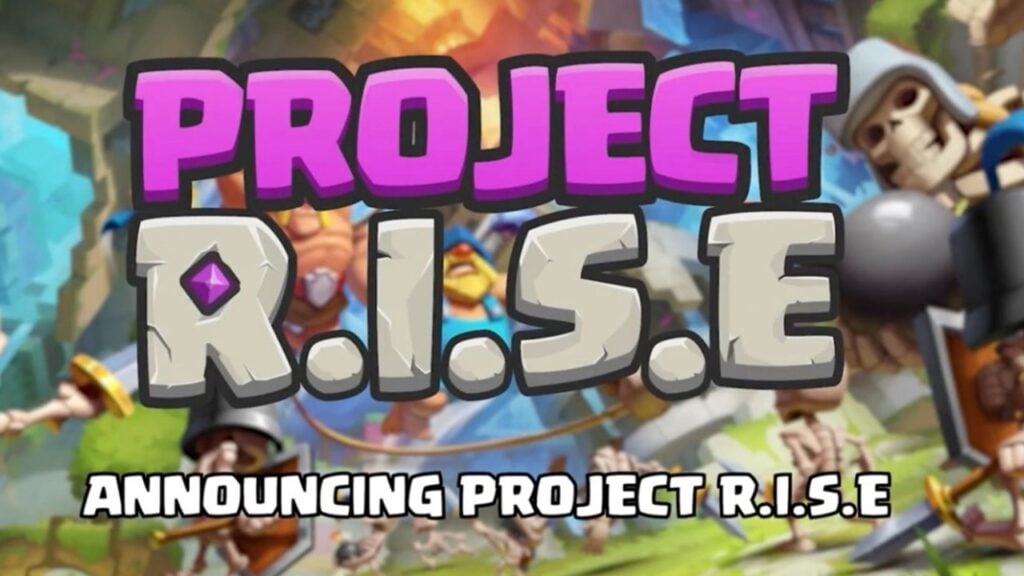
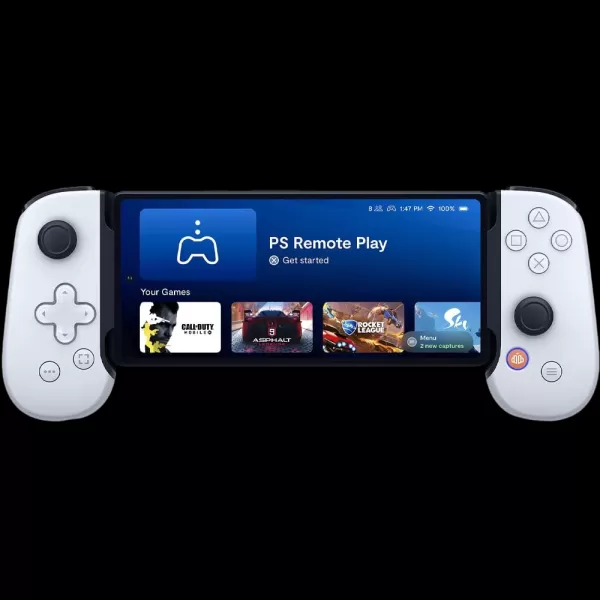

![Taffy Tales [v1.07.3a]](https://imgs.xfsxw.com/uploads/32/1719554710667e529623764.jpg)








